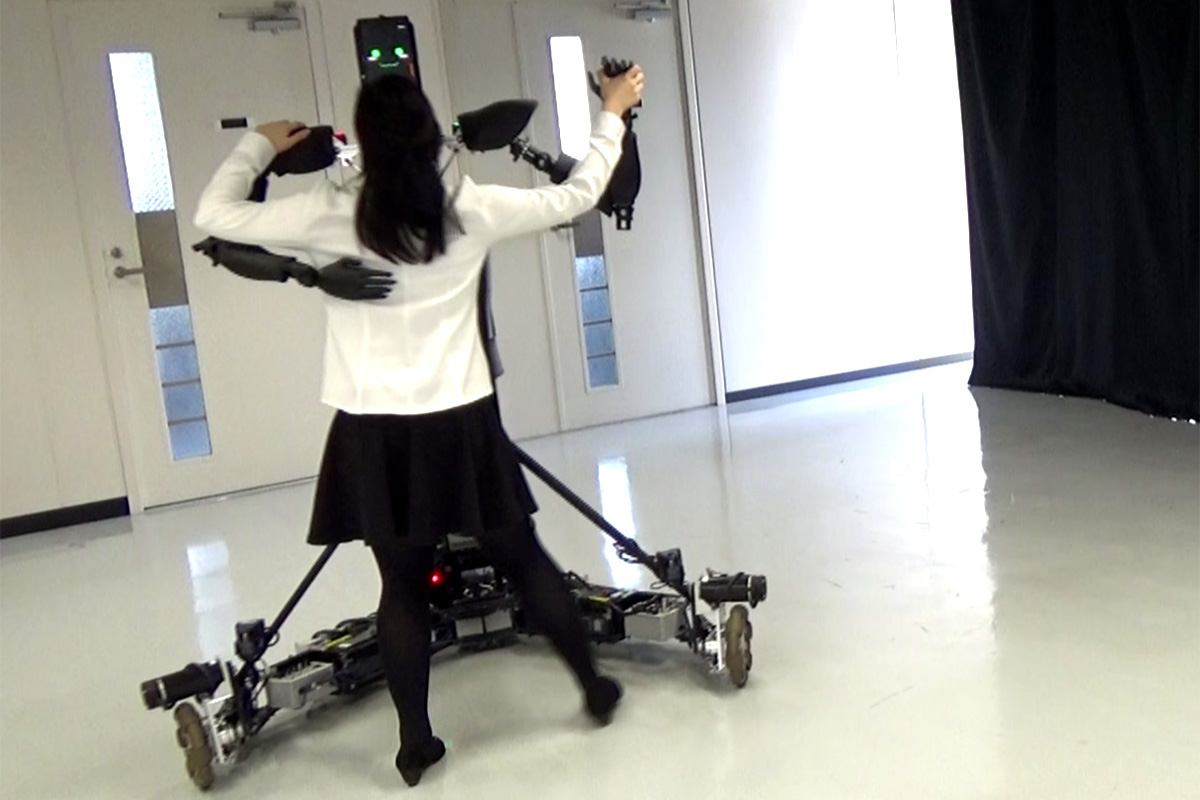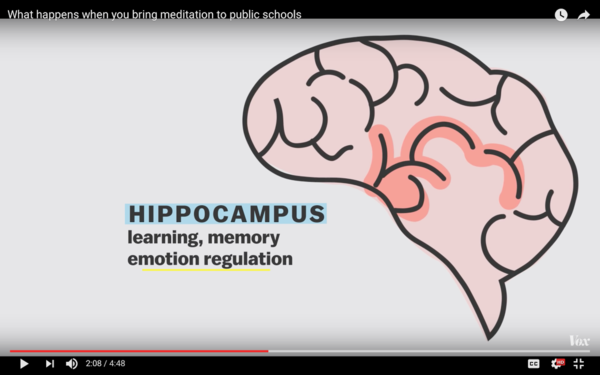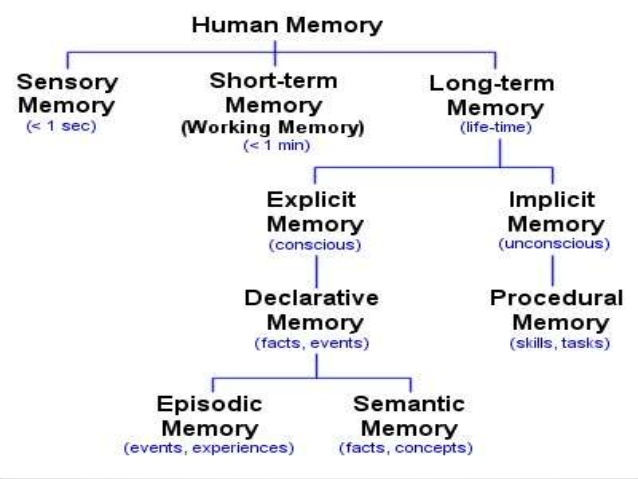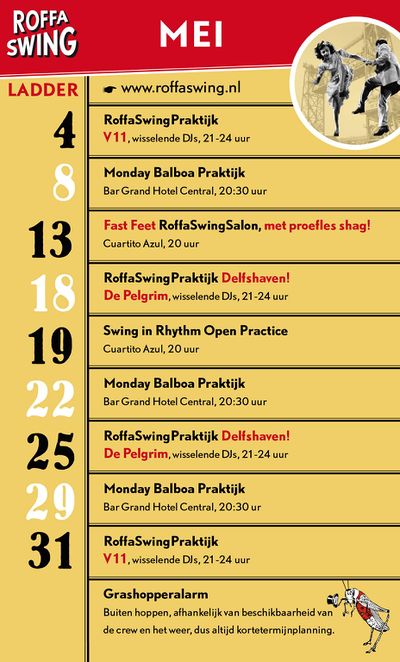User:Karina/capturing memories in time
10 AUG
Whitney Museum NY: Sarah Michelson's '4', February 2014
"Choreographer Sarah Michelson premieres a new work on the Museum’s fourth floor, where she previously presented Devotion Study #1—The American Dancer, her Bucksbaum Award–winning piece from the 2012 Whitney Biennial. For this piece, the culmination of her Devotion series, Michelson continues to explore the dialogue between the form and history of dance through intense physicality, rigorous formal structures, and precise staging. The new work, 4, will be presented in an eight-performance engagement."
5 AUG
Quartz: “Reclaiming my time”: Strategies from a scholar of chronemics, the study of time
6 JULY
Tech Insider: (video posted on Facebook)
Research Gate: Dance Teaching by a Robot: Combining Cognitive and Physical Human–Robot Interaction for Supporting the Skill Learning Process by Diego Felipe Paez Granados
New Scientist: Waltzing robot teaches beginners how to dance like a pro

4 JULY
Lomography: Stereo Photography: An Interview with Brian May
3 JULY
Quartz: New research identifies a simple technique for de-cluttering without heartache
"As part of their initial research, (Rebecca Walker) Reczek and her team asked people for ideas of how to preserve memories of physical items. While some suggested scrapbooking or writing journal entries or notes about the items, the overwhelming response was to take photos, which informed their subsequent research. Reczek says she initially expected more elaborate or innovative ideas, but understood that photos are intuitive. “We’re so used to using digital photography, we keep our lives in our phones,” she says. “A lot of time your phone is your memory keeper.”
27 JUNE
IFLScience: Being Forgetful May Mean Your Brain Is Actually Working Properly
21 JUNE
YouTube: How I memorized an entire chapter from “Moby Dick”
20 JUNE
Vimeo: Glow by Jonah Haber
How to recover all your embarrassing Myspace photos
13 JUNE
Frame: Andreas Neumann alternative photos / movies
8 JUNE
YouTube: Ditch the Label
Lomography: Refugees Document Life with Disposable Cameras
7 JUNE
YouTube: America's Got Talent - Mandy Harvey
4 JUNE
Vox: Why people never smiled in old photos
(1:08) "To understand the real reason old pictures were so serious, you have to understand what portraits meant to people back then. Remember, before there were photos, portraits were painted. They were time- consuming, long-lasting and one of a kind. That scarcity made the occasion pretty serious and that mentality carried over to early photographs."
"Mark Twain, a professional humorist, said near the turn of the 20th century that “there is nothing more dating to go down to posterity than a silly, foolish smile caught and fixed forever”. This is a guy who wrote stories about jumping frogs. But his view point was typical."
"Take for example the oddly popular practise of posing dead bodies for life-like portraits (postmortem photography). The photos weren’t a snapshot, they were a passage to immortality, a record of one’s existence. By looking at the exceptions it’s easier to understand why most portraits were so grim. There were lots of smiling Victorians hiding in photo collections around the world. As early as 1853 Mary Dillwyn captured a boy (William Mansel Llewelyn - nephew) smile on camera. Victorians were not constantly miserable, they just usually got serious when they though a portraits was being taken."
"As cameras became more common and photography improved, aesthetics changed and smiles returned. Later movies expanded the possibilities of recording real life. Portraiture broke free from the technology and aesthetics of painting. They discovered the possibilities of a new medium."
31 MAY
Vox: How obsessive artists colorize old photos
Vox: What happens when you bring meditation to public schools

Quartz: To succeed creatively, try getting better at improvisation
"The bad improviser makes moves that are maladaptive. And the single greatest predictor of quality improv is simply experience. But there’s nothing simple about experience. A great jazz improviser such as Miles Davis had thousands of hours of practice and problem-solving underneath every one of his improvisational flights. This kind of experience makes good improv highly intuitive in a biological sense, not a mystical sense. It taps into the subtle systems of animal awareness, mostly unconscious, that we all possess, such as body-awareness (proprioception), personal space (proxemics), and arousal states such as fight or flight. Muscle memory is loaded with this kind of intuitive wisdom."
"Failing is a major aspect of improvisation. Failure is the thing we learn from, so it’s the cornerstone of productive experience. Aristotle described improvisational decision-making as ‘practical reason’, distinct from rule-following logic. He says that young people can become experts in geometry, maths and similar branches of knowledge, but we don’t usually consider a young person to have good improvisational skills. ‘The reason is that [practical reason] includes a knowledge of particular facts, and this is derived from experience, which a young person does not possess; for experience is the fruit of years.’ I think we’ve all known enough young talent to doubt his generalisation about age, but his wider point about experience is correct. And there’s something especially impressive about the deeply experienced improviser, whether conducting a symphony, performing surgery or teaching in a kindergarten."
24 MAY
Vox: How tap dancing was made in America
Nishika N8000
- April 1989
Lomography multi-lens cameras
Own Pinterest board: Illustration on Photography
23 MAY
Swing Plan It: swing workshops / camps during the summer
21 - 25 June: Swing Crash Festival (Como, Italy)
1 July - 5 August: Herrang Dance Camp (Herrang, Sweden)
8 - 15 July: Swing Summit (Ardeche, France)
10 July - 18 August: Swing Step (Berlin, Germany)
17 - 20 August: Amber Swing (Gdansk, Poland)
21 - 27 August: Big Experience (Avila, Spain)
Ted Talks: Gabriel Barcia-Colombo: Capturing memories in video art
Gabriel Barcia Colombo's portfolio / website
22 MAY
Outdoor swing practice Roffa Swing Gasshopper
- learned new steps
- idea to make jive workshop: need to practice on others
- found a site - Swing Plan It - that lists many swing events in the summer
Vox: Magic Eye: The optical illusion, explained
Audible: Camera Obscura
21 MAY
Trip to Gemeentemuseum in Den Haag
Wonderkamers: holograms and dancing games
19 MAY
second social dance
- fears are broken
- have more energy
- feel happier
- got taught new moves by a skilled dancer
- managed to flow into unknown to me charleston moves
- got introduced to Herrang summer camp
18 MAY
first social dance: RoffaSwingPraktijk Delfshaven
- fear of going on my own
- fear of being a newbie
- got introduced to ‘shag’
- taught a little of charleston, got positive feedback
15 MAY
Vox: How wildlife films warp time
https://www.youtube.com/watch?v=bpbmWqQMzq0
- Slow Motion - increasing camera frame rate to not lose quality
- Time lapse - (opposite of slow motion) fewer frames over a longer period of time
- Hyperlaspe - stitching many photos together / "takes you on a journey"
Russian Ark (2002)
http://www.imdb.com/title/tt0318034/
Vox: How the BBC makes Planet Earth look like a Hollywood movie
https://www.youtube.com/watch?v=qAOKOJhzYXk
"The camera is never static" - Mike Gunston
"feels more immersive / connected"
14 MAY
Insight into ballroom & latin dance class:
Sean and I haven't danced together in 5 weeks. Before the class started I was wondering whether we would be able to fall right back into flow - regarding both steps and our bond in dancing. Neither of us practised any of the routines since the last class, yet I was fairly optimistic. The class did focus on latin (cha cha, rumba, jive, samba and pasodoble) which we felt more familiar - and relaxed - with.
For a warmup we got given a quickstep (ballroom). Sean was not reading me, our connection was weak, he only remembered the basic step, I did not remember the most recent (gold) steps. It felt chaotic and slightly disappointing. I knew that a small break would cause us to loose focus, skill and memory, but I wasn't expecting it to be that bad. Thankfully after a song or two we could forget about this failure and move on.
Cha cha. Alright, hopes rose again. Sean leaned in and whispered that we probably have this engraved in the back of our heads. [Note: sometimes before starting a new style, we encourage each other that we have it under control / we can ace it / we got this. It really does help our morale]. Indeed, cha cha went fairly smoothly, although Sean did forget a step or two here and there. He clapped too early in one step and laughed it off saying that he was just too excited. Morale up!
Rumba. Our least favourite dance for years, but we're trying to see it as a challange now. Rumba is slow, sweet and romantic - very contrasting to our relationship and dynamic. Nevertheless, with the newest additions in the gold level, there are more complex turns that require technique and full focus. Last time our teacher gave us feedback and suggested we really stretch our legs with each step to make it look more professional. Keeping that in mind, the dance became a game. During todays class we struggled with getting the last steps right, although we managed to dance them flawlessly months ago. It took a few tries to get back on track. The teachers noticed us struggle a little.
Jive. Our signature dance! No problems there. One of the teachers glanced at us and smiled right as it was announced jive was next. She knew that we have this covered. It felt like our dynamic was back on track too. No forgotten steps, good leading, complete flow, smooth as butter.
Samba. It was nice to see our teachers go over it once before it was our turn. I think we would have managed without a recap, but it eased my mind slightly. I don't think we had any problems there either.
Pasodoble. Also aced it. Half way through the lead teacher asked me to assist him - as his partner was busy - and we showed the routine to the rest of the class. Pretty honoured whenever this happens and I don't screw up, yet laughing it off whenever I do.
Overall conclusion
- we need to go over quickstep because we forgot most of it
- took us ±10-15 minutes to get into it / feeling confident / not making mistakes
- rumba still needs some work, but leg stretching challange eases the slow, romantic drag
- I'm very excited to get together with Sean and introduce him to the world of Swing / Lindy Hop / Charleston
- teaching Swing to Sean could be one of my future dance experiments
- we need to meet up more often and practise all ballroom and latin styles
- creating this tool to help us recap choreography could really make a difference
11 MAY
First Lindy Hop class
9 MAY
First Charleston class:
Everyone was sweating profoundly within the first 5 minutes.
I was absolutely amazed by the ease with which they introduced us to this style. I was aware that the footwork is a little crazy, as there is fast kicking front, back, with left and right feet, and you need to memorise with foot goes where at what time. The rhythm is also a little funky and I didn't fully understand it that one random time I was quickly shown by a class mate.
As suggested, I did a little stretching once I got home. I tried to remember the stretching techniques from my dance camps from when I was 10 years old - these tips still come in handy! I must have forgotten a few, because later that night I could feel my gluteus were on fire.
30 APRIL
Fritz Kahn: Infographics Pioneer
https://www.amazon.com/Fritz-Kahn-Infographics-Uta-Debschitz/dp/3836504936?tag=georiot-cbq-de-21&ascsubtag=cbq-1920596410-20

[ idea: draw immune system attacking neurones ]
19 APRIL
Methods Capturing Memory in Time draft
- https://en.wikipedia.org/wiki/Method_of_loci
- Rock Step - Triple Step - Triple Step for DE PLAYER
- Time Perception in Dance essay
18 APRIL
https://www.simplypsychology.org/memory.html


20 MARCH
Lars & Marley Justtin - Lovestoned
recorded dance rehearsal in the studio
https://www.youtube.com/watch?v=J_2TVDULoN0&list=PLlAwKn2nfe-FwIBW9rm6P6K2Nw5V5Lb9c&index=3
How to Do Beginner Footwork | Bachata Dance
recorded in green room (?) - static camera view
https://www.youtube.com/watch?v=TurPFqF0Meg
Major Lazer - "Watch out for this" dance super video by DHQ Fraules
weak storyline forced into a choreography
https://www.youtube.com/watch?v=8W_1vg7W6Oo&list=PLlAwKn2nfe-FwIBW9rm6P6K2Nw5V5Lb9c&index=34
"Medicine" - A Dance Film
strikingly strong storyline enriches / shapes the choreography
https://www.youtube.com/watch?v=E5NaiEBoe48&list=PLlAwKn2nfe-FwIBW9rm6P6K2Nw5V5Lb9c&index=42&t=196s
SLIP | @PhillipChbeeb & Renee Kester | @ElliotMossMusic
storyline works with the choreography
https://www.youtube.com/watch?v=qk00gbDwGqM&list=PLlAwKn2nfe-FwIBW9rm6P6K2Nw5V5Lb9c&index=64
"Witchcraft" - A Dance Film
simple and sweet storyline works along (but does not shape) the choreography
https://www.youtube.com/watch?v=Pbc8aN9gsSo&list=PLlAwKn2nfe-FwIBW9rm6P6K2Nw5V5Lb9c&index=80
Sep & Alexia in Rotterdam, dancing to Dr. Bernard and his Swing Cats!
recorded freestyle during event
https://www.youtube.com/watch?v=HYHVXWv6yjc&list=PLlAwKn2nfe-FwIBW9rm6P6K2Nw5V5Lb9c&index=79
Justin Peck and Janie Taylor, for the Block Magazine
recorded in the studio, but not static and has simple storyline
https://www.youtube.com/watch?v=Oy74aAFhB6o&list=PLlAwKn2nfe-FwIBW9rm6P6K2Nw5V5Lb9c&index=68
Sergei Polunin, "Take Me to Church" by Hozier, Directed by David LaChapelle
simple storyline, focuses on dance and film technique
https://www.youtube.com/watch?v=c-tW0CkvdDI
https://www.youtube.com/watch?v=KDfVEZlnaOc&list=PLlAwKn2nfe-FwIBW9rm6P6K2Nw5V5Lb9c&index=82 - behind the scenes
100 years of fashion in 100 seconds
no storyline, cut into many small segments. focuses on evolution of fashion, time is shown through dance
https://www.youtube.com/watch?v=prDS8EdsOUA
21 FEBRUARY
William J. Friedman - the strength model vs the inference model talk about long term / short term memory and how it is prioritised, how it fades, but also how there is no difference
Lauren Slater - Opening Skinner’s Box (chapter 9 - Memory Inc.)
- Scoville’s discovery of the role of the hippocampus by operating on Henry M.
- Milner’s distinction of procedural memory, which further led to the distinction of semantic and declarative memory
- Eric Kandel’s interest in H.M. and alternative further research on sea slugs (bigger neurons) altered Skinner’s and Pavlov’s “learning theory” into “memory”
27 JANUARY
https://www.netflix.com/watch/80049951?trackId=13772707&tctx=5%2C1%2C972f973e-82c9-4ca3-85a3-f7bb6fa0395d-50649825
Skip to 27:00
8 JANUARY
Opening Skinner's Box by Lauren Slater
Chapel 8: Lost in the Mail: The False Memory Experiment (pages 182-204)
Chapel 9: Memory Inc.: Eric Kandel's Sea Slug Experiment (pages 205-223)
hippocampus stores memory


